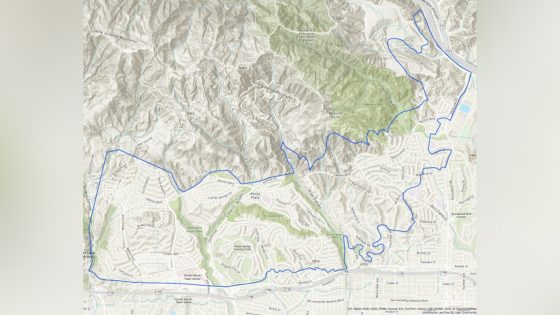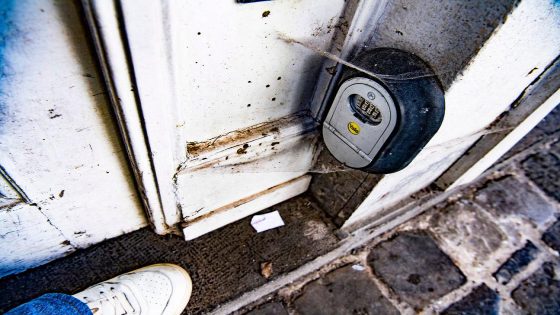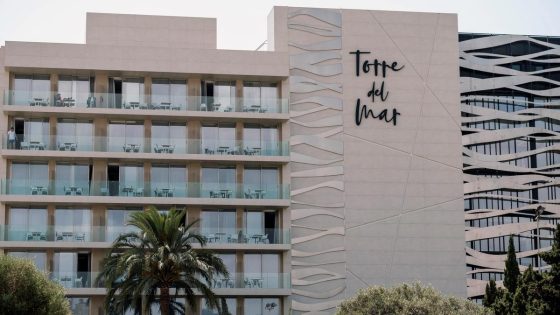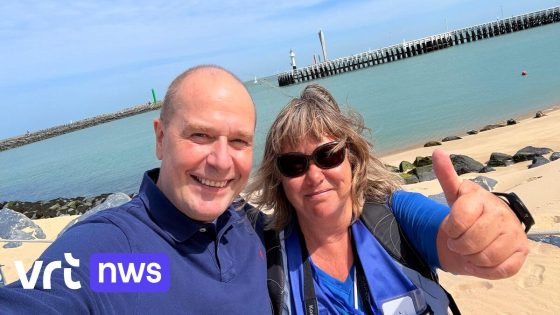Residents of Nieuwmunster have staged a creative protest on the beach of De Haan, demanding the return of their original piece of coastline. This spirited action highlights the ongoing local interest in historical boundaries and community identity. On 2025-08-01 12:00:00, Nieuwmunster inhabitants gathered to remind everyone of their former rights to a stretch of beach now part of De Haan.
- Inwoners van Nieuwmunster hielden ludieke actie
- Ze willen hun stuk strand terug
- Nieuwmunster werd deelgemeente van Zuienkerke
- Gemeentefusie vond plaats in 1977
- Nieuwmunster verloor strand door fusie
- Fusie betrof De Haan en Wenduine
Before the 1977 municipal merger, Nieuwmunster was an independent municipality with its own beach access. However, to facilitate the fusion of De Haan and Wenduine, Nieuwmunster had to relinquish its coastal area. Now a sub-municipality of Zuienkerke, the community wants to reclaim what they see as their rightful shoreline.
What does this mean for local governance and coastal management? The residents’ action raises questions about how historical ties influence modern administrative borders and local pride.
Why does this matter today? The protest reveals deeper questions about community rights and administrative decisions made decades ago. Could revisiting these boundaries improve local engagement or complicate governance? Key points to consider include:
- The impact of municipal mergers on local identities
- Potential benefits of restoring historical access to natural resources
- Challenges in balancing administrative efficiency with community sentiment
As Nieuwmunster residents continue their campaign, it will be interesting to see if local authorities respond to their demands. Will this spark broader discussions about revisiting past municipal decisions across Belgium’s coastal regions? The coming months may prove decisive for community-driven coastal governance.

































